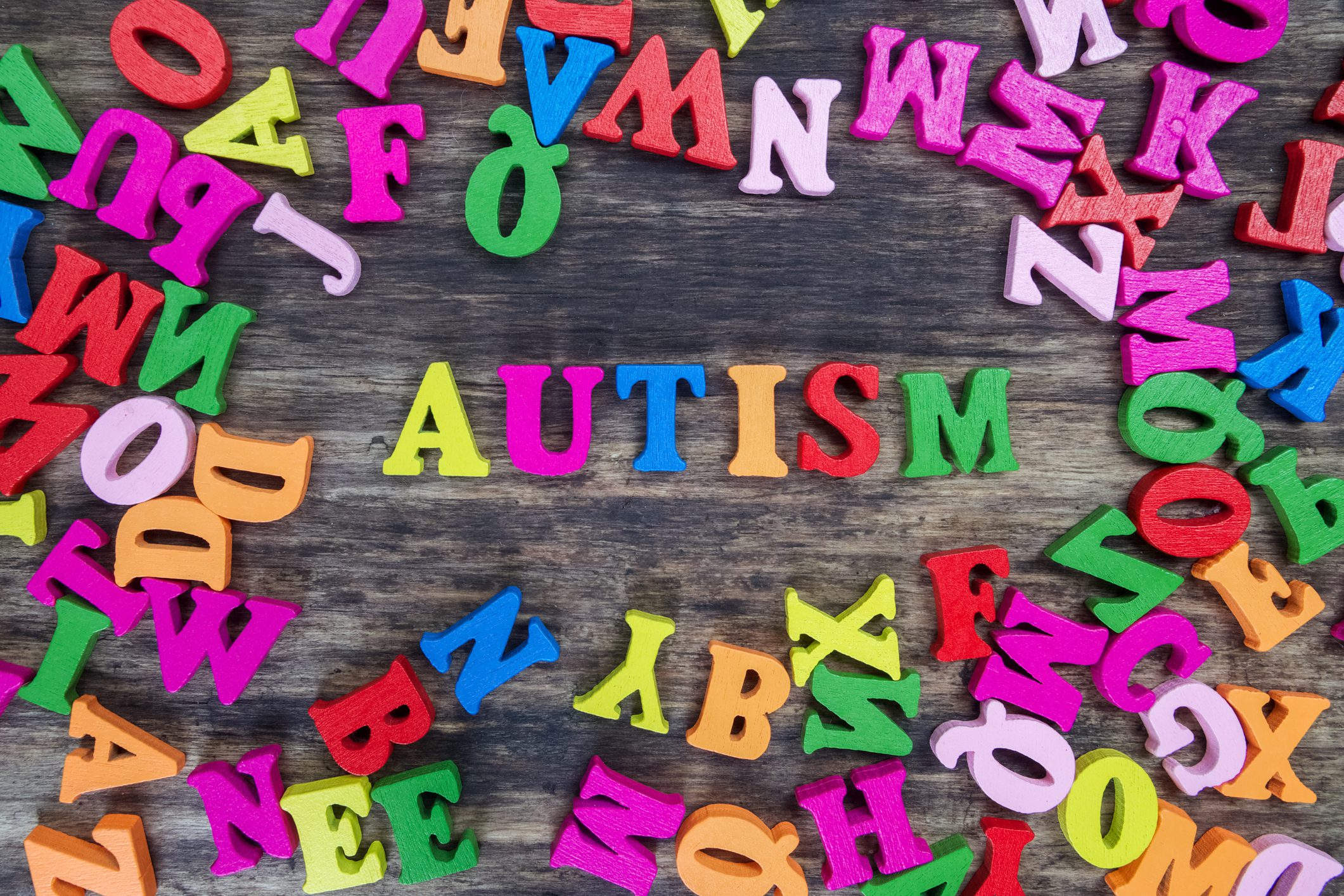April is World Autism Month and April 2nd is World Autism Awareness Day. To help gain a deeper understanding of this complex and often misunderstood disorder, we encourage parents to explore learning strategies for autistic students. Read on to learn more!
Individuality is still paramount
One of the main reasons autism is misunderstood is because the definition of autism itself has changed over the years. The key takeaway is that autism is no longer determined by a set number of indicators or deficits. Rather, autism is now viewed as a spectrum disorder – and while some deficits are commonly shared among autistic people, it’s crucial to remember that not all individuals will face the same challenges.
According to the DSM-5, to meet the criteria for ASD (autism spectrum disorder) “a child must have persistent deficits in each of three areas of social communication and interaction plus at least two of four types of restricted, repetitive behaviors.” Furthermore, the severity of these impairments is specified on an individual basis, with Level 3 being the most severe (requiring “very substantial support”).
Put simply, it’s important for all parents to recognize both the specific criteria of their child’s autism as well as the overall severity. With the broad nature of ASD’s challenges and requirements, it’s difficult to specify learning strategies that will be effective for every student. However, there are some things parents can do that are common support strategies for students with autism:
Sensory awareness
Many autistic students deal with sensory issues, sometimes referred to as “sensory overload” – although this isn’t always an accurate description. For one, the correct term is hypersensitivity, which means some students may be especially sensitive to certain stimuli (bright lights, sensations, noises, smells, textures, etc.). Unfortunately, this can lead to avoidance and withdrawal from social situations.
On the other hand, autistic students may also have the opposite experience – an under-response to stimuli. This is referred to as hyposensitivity, and these students may have difficulties recognizing certain sensations. In addition, individuals with hyposensitivity may be drawn to external stimuli as overcompensation, such as loud noises or moving objects (sensory seeking).
The important thing for parents to understand is how their child’s environment affects them personally, including their ability to concentrate and focus on schoolwork. In many cases, parents can make small adjustments that will help autistic students feel more comfortable in their home environment.
Positive reinforcement
It’s always important for parents to remain positive and supportive with autistic students. Of course, this applies to all students as well! However, we encourage parents to be especially aware of their body language, choice of words, and how praise is given when supporting a child with autism.
Remember that individuals with autism often exhibit behaviors which can negatively affect their daily interactions and overall quality of life. By learning to adjust to healthier behaviors while their efforts are positively reinforced throughout the process, individuals with autism can essentially start to “rewire” their brains over time (neurocircuitry) and develop alternative strategies that promote positive outcomes. It’s for this reason that ABA treatment (applied behavioral analysis) is a common and effective approach when helping individuals with autism develop new behavioral patterns.
To learn more information about how parents can help support children with autism, Tutor Doctor recommends the following resources:
- The Autistic Brain by Temple Grandin and Richard Panek
- Can You See Me?: A powerful story of autism, empathy and kindness by Libby Scott and Rebecca Westcott
- Uniquely Human: A Different Way of Seeing Autism by Dr. Barry M. Prizant Ph.D and Tom Fields-Meyer
- Helping You to Identify and Understand Autism Masking: The Truth Behind the Mask by Emma Kendall



